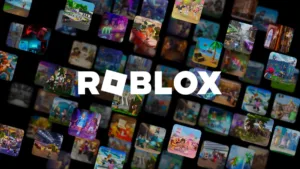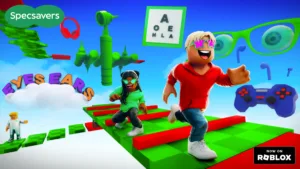By Ramona Ciocea, Head of Business Development at Web3 solutions provider, Protokol
Web3 gaming has seen every up and down of the hype cycle – from celebration and being lauded as the future, to fierce backlash from the old guard of gaming. Accordingly, it seems like the headlines are all over the place, with companies reportedly doubling down on their investment in in-game NFTs, or walking back Web3 strategy in response to player uproar over the high-cost barrier to engaging with play-to-earn games. The debate about Web3 gaming might seem confusing, but broadly, it seems like everybody wants the same thing: progress.
Progress is coming from the newcomers to gaming. With Gen Z willing to spend real money on in-metaverse items as they would in real life, they’re voting with their wallets for a Web3 future to gaming. But what those who oppose Web3 gaming miss is that it isn’t just about an NFT drop, and in-game purchases don’t just have to be limited edition skins that give the player prestige. So, in a divisive field and with new use cases to be discovered, what can studios do with Web3 and blockchain to improve the player experience?
The biggest players in the space
Emerging studios understand the power that Web3 has to improve the player experience with cross-platform collectibles, metaverse activations, and genuine economic value. However, some larger, more traditional gaming companies are struggling to move their ideas out of the boardroom and into the studio. To emulate the success of Web3 startups and overcome the struggle incumbent studios face, it is time to examine the playing field, set a strategy, and deliver on these innovative ideas.
Navigating GameFi can be tricky, with several moving parts. It involves blockchains, protocols, savvy developers and perhaps most importantly, buy-in from users. Currently, one of the best known and most widely used implementations is the incorporation of NFTs into a game; allowing players to invest in real ownership within the gaming world and store their in-game assets in digital wallets. One of the top rated blockchain games (per DappRadar) is Alien Worlds, with 225.3k unique active wallets, a near measure to the number of active users.
Alien Worlds has seen users trade NFTs of in-game playing cards that amount to more than $31million in real-world money since its launch in 2020. The NFTs found and earned in-game aren’t just a store of monetary value, they are used to connect and play with others. Players can also earn Trilium, an in-game currency that can be used to participate in ‘Planet DAOs’; or decentralised autonomous organisations. In this way, players can use their Trilium tokens to vote on in-game events, create mini games within Alien Worlds, and elect a planetary custodian, with results recorded on the immutable, transparent blockchain to ensure fairness.
A well thought-out strategy, incorporating a system by which players can engage in governance, trading, and earning, opens entirely new opportunities to leverage Web3 and show players how rich a blockchain-based game can be. But this also means considering more than in-game purchases or pay-to-play, and a better model for in-game economy.
Moving on from Play-to-Earn
Similarly, the ‘Play-to-Earn’ (P2E) structure can be popular with users. Games like Axie Infinity helped make the P2E model popular with its launch in 2018, but without a sustainable, long-term view to how players would earn in-game assets with real-world value, games like this can’t be sustainable. The price of entry to the most popular games can become prohibitively high, as players must make an initial investment that supports the in-game economy. However, new models, such as economic structures within games that allow players to ‘employ’ one another for tasks and jobs could open the gates to totally new ways of thinking about GameFi.
Effective blockchain games require strategy to successfully launch and operate. As competition in the space heats up, simple in-game assets will no longer impress gamers – they’re looking for more complex, rich worlds where the tokens they earn and NFTs they collect are an integral part of gameplay – they derive their real-world value from their utility, not just from scarcity and prestige.
Long-term thinking is key here. Create a strategy, plan out how your in-game tokens will inform the player journey, and what value they offer in-game, as this will underlie what value they hold in the real world. How can players use their hard-earned in-game tokens to progress further in the game, reinvesting them in fellow players and an in-game economic system? With a little Web3 and blockchain expertise, you can then build out the system you’ve imagined using smart contracts, DAOs, and cryptocurrencies.
Level up
With so much potential in the market, the best time to get involved with Web3 is now. Web3 and blockchain gaming could soar, with a predicted market of $65.7billion by 2027 from its current size of nearly $5billion. Embracing the potential of this technology with the support of a strategic Web3 development partner, and planning an engaging, player-centric experience are key for games studios to flourish.









